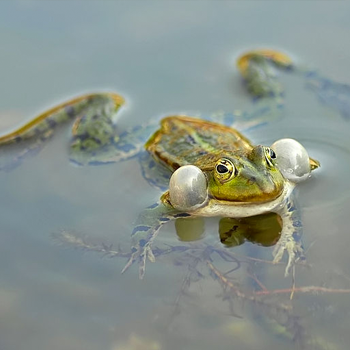What intermolecular forces are present in #CO_2#?
2 Answers
Dispersion Forces
Explanation:
For extra information, there are 3 types of intermolecular forces.
- Dispersion Forces
- Dipole-dipole
- Hydrogen bonds
Dispersion forces are weaker than dipole-dipole and dipole-dipole are weaker than hydrogen bonds.
Dispersion forces are usually present in all molecules and are temporary. Dipole-dipole forces are the attraction between the positive end of one polar molecule with the negative end of another polar molecule.
Hydrogen bonds are the strongest and occur when there is either a fluoride, oxygen or nitrogen molecule which is bonded with a hydrogen which is then joined with either a fluoride, oxygen or nitrogen molecule. An example of hydrogen bond is water molecules.
One last thing, hydrogen bonds are the strongest force out of the intermolecular forces but it is not the strongest when compared with other types of bonding such as covalent bond as covalent bonds are way stronger than hydrogen bonds!
London Dispersion Forces.
Explanation:
There are three types of intermolecular interactions, as seen in the order of (typically) strongest to weakest:
- Hydrogen Bonds
- Dipole-dipole Interactions
- London Dispersion Force
Hydrogen bonds are the interaction between hydrogen atoms bonded to Oxygen/Nitrogen/Fluorine atoms and lone pairs of electrons. Carbon dioxide molecules contain no hydrogen atoms, so it should be safe to rule out the presence of hydrogen bonds.
The carbon-oxygen double bonds in
Dipoles from carbon-oxide bonds cancel out due to the symmetric charge distribution. In other words, carbon dioxide molecules have no net dipole/ are nonpolar hence do not engage in dipole-dipole interactions.
All molecules that contain electrons experience some degree of London Dispersion Force. So is the case for carbon dioxide Electrons would shift from one side of the molecule to the other, creating temporary dipoles. London Dispersion Forces refer to electrostatic attractions between molecules due to the presence of temporary dipoles.
Image Attribution
[1] Devona, "How can I draw a Lewis dot diagram for carbon dioxide?", https://socratic.org/questions/how-can-i-draw-a-lewis-dot-diagram-for-carbon-dioxide


